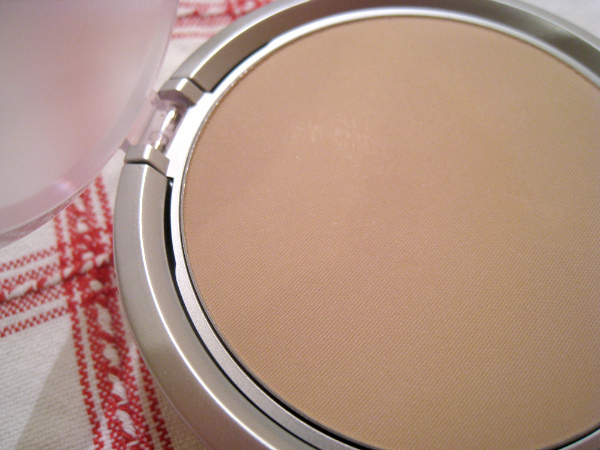
Rashes and other skin conditions can be devastating to your confidence. I remember when my father went through chemotherapy and broke out in an acne-like rash all over his face. He seriously didn’t want to leave the house. It broke my heart, as isolating oneself from people doesn’t do any good, especially if you’re fighting an illness like cancer. I remember applying some concealer on his face and how that profoundly changed how he felt about his appearance. If you’ve got a rash causing you embarrassment, try some of my makeup tips to camouflage it so you can feel more like yourself again.
1. Clean & moisturize. First you need to prepare your skin. Gently clean skin in lukewarm water with a safe product (free of toxic ingredients), then pat dry and apply a hydrating but light moisturizer that will help your skin heal as you go about your day. Consider soothing ingredients like aloe, calendula, oat extract and licorice root to relieve itchiness so you won’t be tempted to rub and touch your makeup later in the day. Be sure to clean gently so you don’t further aggravate your rash, and no rubbing!
2. Make sure you don’t forget sunscreen. While your skin is trying to heal from a rash, sun exposure can be especially damaging. Make sure to apply your safe sunscreen before your makeup. Even if your foundation has SPF, it’s usually not enough. Look for formulas that are oil-free, chemical-free, and non-comedogenic.
3. Use light and hypoallergenic makeup. Sometimes your makeup may be the cause of your rash-or at the very least, it may make it worse. Make sure your makeup is non-comedogenic (free of clogging ingredients like mineral oil), fragrance-free, and is made without toxic ingredients (use my Ingredients to Avoid list). Make sure it feels light and comfortable on your face (not like a mask). It’s up to you whether you choose liquid formulas or powder ones. However, liquids will be more hydrating. Also consider whether or not it can be easily removed, as you don’t want to have to rub and pull at your irritated skin just to get it clean.
Step 1: Start with concealer. Choose a color that matches your skin tone (or a little lighter-don’t go darker), then apply with a small concealer brush over red and raised areas or over broken capillaries. For areas that are really red, you may want to try a green concealer, as it will help neutralize the redness. Test the color by applying some to the red areas and see if it helps them disappear. Use concealer only on the areas you want to cover-using too much can make your skin look cakey, which will make the rash more obvious. If you have acne-like pustules, a yellow-based concealer is best, applied from the center out and blended will at the edges.
Step 2: Choose foundation based on coverage you need. If you have just a mild rash, a light foundation may be enough, but if yours is more severe, feel free to experiment with cream foundations that provide more coverage. Match your natural skin tone as closely as possible, and use a brush or sponge rather than your fingers to avoid adding oil or bacteria to your already sensitive skin. Many rosacea sufferers love mineral powder foundations because they’re oil-free and feel less irritating to skin rashes.
Step 3: Skip the blush. Your skin is already red, so most likely you don’t need blush. If you do want a little color on your cheeks, use a sheer color.
Step 4: Dab of powder. Using a loose face powder lightly over the red areas can help to further camouflage them. Just be careful not to use too much so it doesn’t look cakey and dry.
Step 5: Less is more. Keep your eye makeup light so that you don’t look over done. Also, choose a neutral lip color. A bright red lipstick can bring attention to the redness of your skin. Choose instead a softer, neutral color or light gloss.
Have you had to camouflage a rash? Let us know if you have any tips.
Photo courtesy Brixton Street via Flickr.com.

